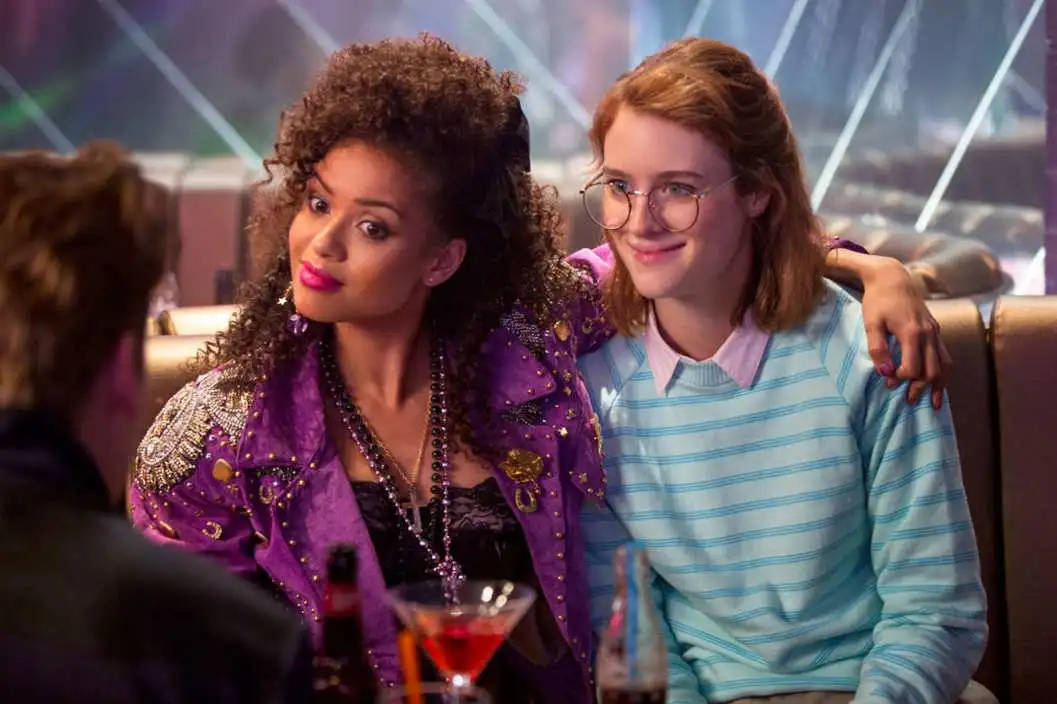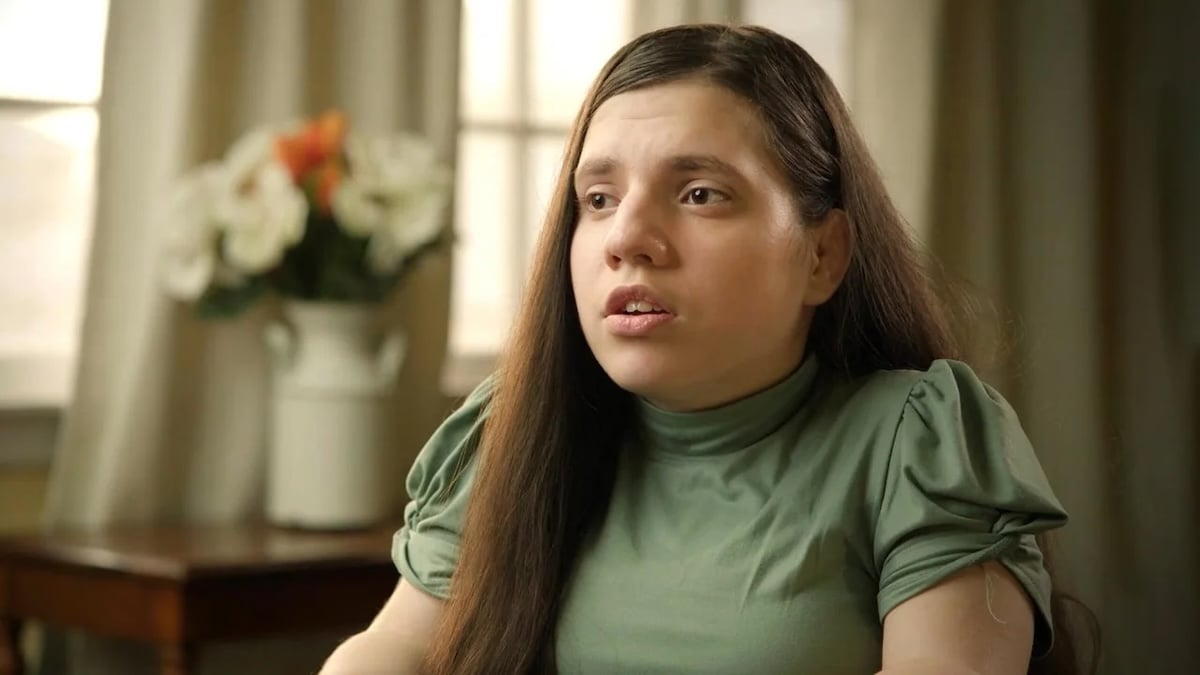In an interview with The Hollywood Reporter, Black Mirror creator Charlie Brooker and executive producer Annabel Jones discussed some of their plans for the fourth season, but the talk inevitably turned to that wonderful ’80s love story episode, “San Junipero,” the darling of season three.
They discussed the episode’s origins, tone, and subject matter, but most intriguingly to me, they suggested that any potential sequel to the episode might not take the form of a TV episode at all, but would instead be an “experience.”
“We’ve thought about [a sequel],” Brooker said, “…I think we almost might do it in a completely different form if we were doing a straight sequel, if that makes sense. Maybe not even as a normal episode…Like a thing. An experience.”
Jones clarified: “Like, for real.”
Brooker said, “That’s exactly what I was going to say. We should do it for real. (Laughs.)…It’s difficult because I don’t think we’d revisit those characters. That felt like such a story and we wouldn’t want to open it up again.”
Listen, I’m as skeptical of corporate-driven “experiences” and “pop-ups” as the next millennial, but I am also merely human and would be all over this. I am available to help you test your “San Junipero” speed dating night for queer women! Or your “San Junipero” immersive theater experience! Or your “San Junipero” queer takeover of every terribly designed club in my immediate metro area!
Readers, regale me with your own real-life “San Junipero” designs in the comments, please and thank you.
Rampant and gleeful speculation aside, the two also spoke about the genesis of the episode. “It was the first episode I wrote for season three,” said Brooker, “and it was a conscious effort to blow up what I thought a Black Mirror episode was…When writing that episode, I was quite nervous because it had a different tone. Because I saw people moaning that the show was going to Netflix and was going to get all Americanized, I said, ‘Okay. Set it in California.’ We also set ourselves the challenge of doing a period episode, and I was nervous because it was ultimately a love story between two women — and I’m sitting there in London, a 40-something guy thinking, ‘Can I pull this off? I don’t know!’ So I was relieved to have gotten away with it and then gratified that people took it to heart and that it resonated.”
“It was also an opportunity to show that we, and the show, are not anti-technology,” said Jones. “Sometimes people think that the show is completely waving its fist at it. Actually, we all love technology and that’s why we’re making a show about it. We’re just sort of exploring some exaggerated stories.”
The Hollywood Reporter also asked them whether the episode’s happy ending – so atypical for Black Mirror – influenced their direction for this next season.
“Yes and no,” said Brooker. “Since that one resonated so much, you don’t want to hit the same bell again, even though it’s tempting. We have to be unpredictable with the show…It’s making sure that every story is idiosyncratic and has its own flavor, but that it still feels like it’s got some Black Mirror DNA, somewhere. That is quite a challenge sometimes and can make it a bit tricky. But that’s part of the fun of the show, is that we blow up the world, basically, at the end of each one.”
(Via The Hollywood Reporter; image via Netflix)
Want more stories like this? Become a subscriber and support the site!
—The Mary Sue has a strict comment policy that forbids, but is not limited to, personal insults toward anyone, hate speech, and trolling.—









Published: Sep 3, 2017 02:30 pm